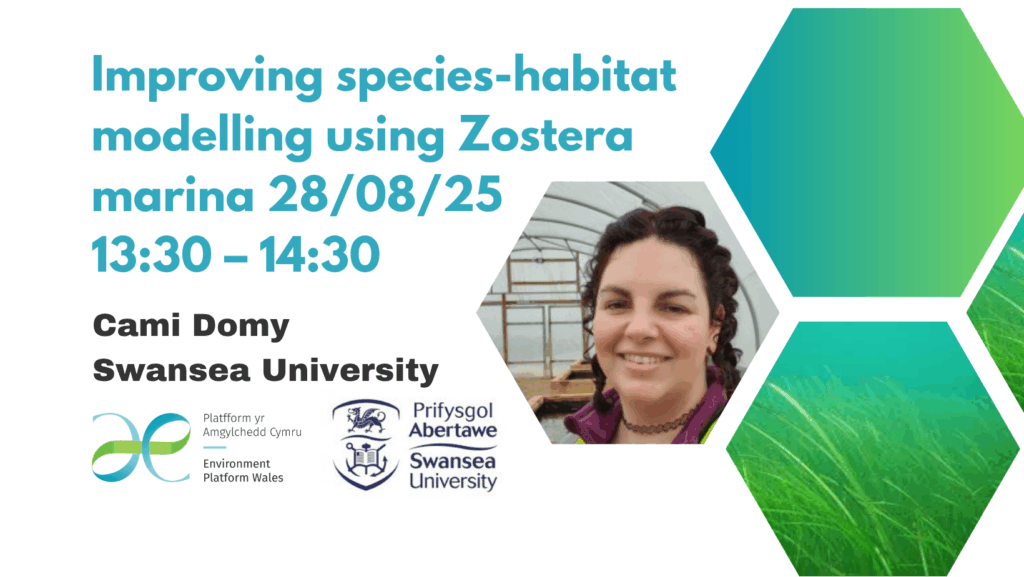
Species-habitat association models are often used in conservation efforts, due to the intuitive nature of correlating species distribution with crucial habitat characteristics. However, these methods have limitations, including that species data utilised does not consider the changing needs of a target species throughout its life cycle. For restoration site selection, modelling is considered as accurate as local.
To address this, we suggest a framework for adapting species-habitat association models, using the example of the seagrass Zostera marina. First, we explore the interaction between early life history stages and crucial physical environmental factors, via literature review, expert elicitation and a mesocosm experiment. The interactions are then incorporated into a matrix population model, and the resulting population growth rates are mapped to identify potential areas for restoration.
This framework is adaptable to any species, marine or terrestrial, flora or fauna, and we hope this will improve the outcomes of restoration work through the improved identification of appropriate sites. We also hope that the identification of research gaps will ultimately lead to enhancement of Z. marina restoration.

About the Speaker
Cami is a marine biologist interested in how changing physical environments impact species, and communities. She graduated from Bangor University in Marine Biology before completing a Master’s of Environmental Dynamics and Climate Change at Swansea University. Cami is now in the final year of a PhD, working on improving the accuracy and usefulness of species-habitat association models using Zostera marina as a target species. During this project, Cami has developed a keen interest in seagrass restoration, especially after hearing the stories from those involved while completing a Welsh Government placement last year.




